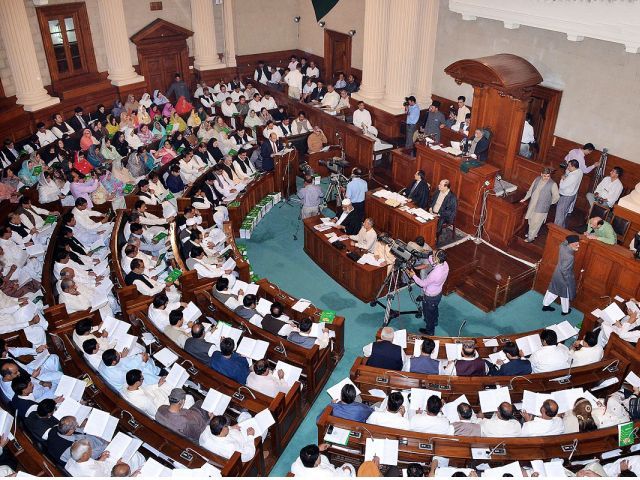In December last year, former prime minister and PTI chairman Imran Khan announced that his party would dissolve the two provincial assemblies of Punjab and Khyber Pakhtunkhwa — where they were in majority — to build pressure on the federal government to call early general elections.
In line with the decision, the Punjab Assembly was dissolved last week by ex-Chief Minister Parvez Elahi. On Sunday, KP CM Mahmood Khan announced that the KP Assembly would also be dissolved on Tuesday per Imran Khan’s directions.
Once an assembly is dissolved, an interim government must be put in place until a new government comes to power with a fresh mandate after elections.
Under the interim setup, only the assembly speaker will continue to perform his constitutional role.
Setup of caretaker govt
For the caretaker government, within 48 hours of the assembly’s dissolution, the CM has to write to the opposition leader in the assembly. The two are required to suggest three names each for caretaker CM.
If the two leaders could not establish consensus over the nominees for three days, the speaker will then form a committee comprising six members of the outgoing assembly with equal representation from the treasury and the opposition.
To the committee, the outgoing CM and the leader of the opposition will forward two nominees each.
The committee then will have three days to evolve consensus on one name. If that fails as well, then the names of the nominees will be referred to the Election Commission of Pakistan (ECP) for a final decision within two days.
The selected nominee will perform his duties as the interim CM until the formation of a new government in the province. The interim CM also has the power to induct his own cabinet.
Following the placement of a caretaker chief minister, the ECP is bound to carry out general elections in the province within 90 days.










